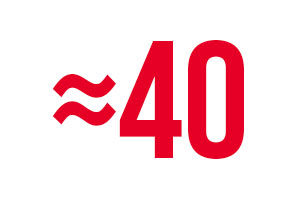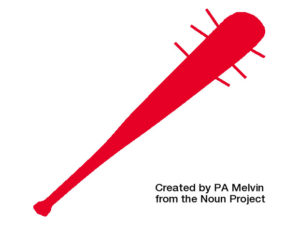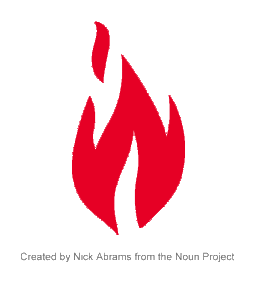
Duration, in days, of the Meridian riot.
Distance between Meridian, Mississippi and Sumter County, Alabama.
In Alabama, Ku Klux Klan raids drove freedmen to desert Sumter County and to seek refuge in Meridian. This led to a labor shortage in Sumter County. As a result, a group had made several trips in January of 1871 to round up those who had fled to Meridian. They claimed that these individuals had committed crimes in Alabama and were rightfully being returned there. In Meridian, a resistance began to organize as they found out about the forced movement of these people.

In February, masked men dragged Alan Kennard, an Alabama freedman who had been deputized to arrest freedmen in Meridian, from his boarding house and whipped him “Ku-Klux style.” Local teacher Daniel Price, a white Republican who taught an all black school, was identified as the alleged leader of the group who performed this whipping. Adam Kennard filed charges against Price, ironically, under Mississippi’s new anti-Klan laws which prohibited assault under disguise. Ultimately, the hearing was postponed. During this time, Daniel Price fled from Mississippi.
Meridian Mayor, William Sturgis, accused Democrats of sponsoring these state border crossing raids. His political opponents heard of this and called for assistance from Governor James Alcorn, asking that he replace Sturgis with a Democratic mayor. The mayor sent his own delegation to see the governor including local freedmen, William Clopton and Warren Tyler. This group felt that the atmosphere in Meridian had become dangerous and could benefit from the presence of federal troops. The governor denied their request for troops to stave off local violence.
 Following the trip to the governor, black leaders gave a public meeting. Reverend J. Aaron Moore an William Clopton spoke out against the raids, and discussed the general conditions for black people in the area. This meeting was perceived as dangerous, some claiming that Clopton and Moore were explicitly encouraging violence against white people.
Following the trip to the governor, black leaders gave a public meeting. Reverend J. Aaron Moore an William Clopton spoke out against the raids, and discussed the general conditions for black people in the area. This meeting was perceived as dangerous, some claiming that Clopton and Moore were explicitly encouraging violence against white people.
People on site at the courthouse to observe the black leaders’ preliminary hearing.
During this proceeding, Warren Tyler attempted to interrupt the testimony of a white man, Jim Brantley. Incensed, Brantley grabbed the city marshal’s billy club and rushed Tyler, beginning the violence Soon shooting began in the courthouse. The Republican judge who was hearing the case and several others in the courtroom were killed. It was never determined who shot the first shot.
Following this event, Warren Tyler was chased and killed by a white mob. William Clopton was thrown from a second floor window of the courthouse. He died that night, his throat cut while he was under the production of local law enforcement. Reverend Moore, after playing dead during the actual courthouse shootout, escaped to Jackson, Mississippi after being chased by the mob.
Witnesses questioned in the state investigation association with these event. White people who faced preliminary charges of assault, intent to kill, and unlawful assembly. In April, a grand jury refused to indict them. Two months later, the incident was investigated by congressional investigators.
White people who faced preliminary charges of assault, intent to kill, and unlawful assembly. In April, a grand jury refused to indict them. Two months later, the incident was investigated by congressional investigators.

People convicted of a crimes directly related to the riot following both a Mississippi and a United States congressional investigation.
Person punished at all, an Alabama Klansman convicted of raping a black woman during the riot.
Black people who left Meridian following these events.










 Police pistols or revolvers that were said to be contained in a shipment of arms reported to arrive in St. Landry via a boat from New Orleans. These arms were allegedly to prepare white residents for an impending black uprising.
Police pistols or revolvers that were said to be contained in a shipment of arms reported to arrive in St. Landry via a boat from New Orleans. These arms were allegedly to prepare white residents for an impending black uprising. Number of people who were rumored to attend a Republican meeting on September 13 in Washington, Louisiana (6 miles from Opelousas). In response, parish whites armed themselves believing that blacks intended to burn Washington to the ground and murder the inhabitants.
Number of people who were rumored to attend a Republican meeting on September 13 in Washington, Louisiana (6 miles from Opelousas). In response, parish whites armed themselves believing that blacks intended to burn Washington to the ground and murder the inhabitants.



